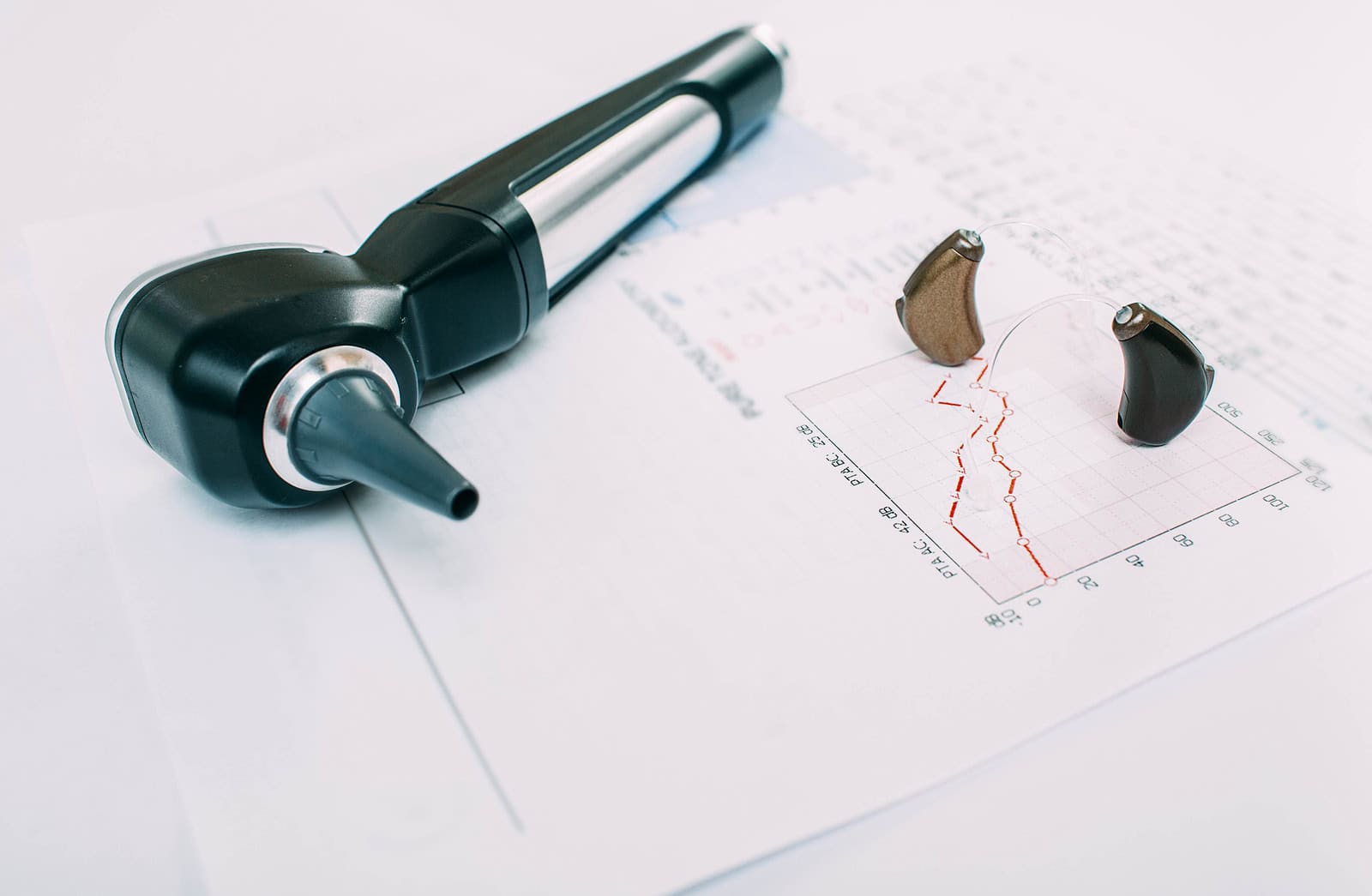
Losing track of where a sound is coming from can feel disorienting, especially in busy environments. A ringing phone, a honking car, or a friend calling from across the room may seem to come from the wrong direction. This confusion happens because the brain relies on both ears to process sound location accurately.
Using two hearing aids can sharpen spatial awareness and improve sound perception. Just like two eyes create depth perception, two ears work together to pinpoint sound sources. This natural ability is called binaural hearing, and without it, the world can feel unbalanced.
How the Brain Locates Sound
The human brain is wired to detect subtle differences in sound between both ears. When a sound reaches one ear slightly before the other, the brain processes this timing difference to determine its location. This ability helps with everything from crossing the street safely to following conversations in noisy spaces.
Wearing two hearing aids restores the brain’s ability to compare sound input from both ears. When only one hearing aid is used, the brain lacks full information, making it harder to determine sound direction. With two, the brain can accurately analyze sounds, leading to a clearer and more natural listening experience.
Improved Awareness in Crowded Spaces
Busy places like restaurants and shopping centers can overwhelm those with hearing loss. Background noise blends together, making focusing on specific voices or sounds tough. Without both ears working together, conversations become harder to follow.
Two hearing aids help separate speech from background noise. They allow the brain to filter out distractions and focus on what matters, making it easier to stay engaged and avoid missing important details.
Safer Everyday Activities
Directional hearing plays a key role in safety. Knowing where a sound is coming from allows for quick reactions, whether it’s a warning siren or an approaching vehicle. A delayed response to sounds in the environment can increase the risk of accidents.
Two hearing aids provide a balanced hearing experience, reducing the chances of misjudging sound locations. For those who walk, drive, or cycle, this can be a critical advantage. Better sound awareness leads to more confident and secure navigation.
Better Communication and Less Listening Effort
Listening with one ear alone can be tiring, especially in conversations with multiple people. The brain works harder to piece together sounds, leading to mental fatigue. Struggling to hear in social settings can make communication frustrating and discouraging.
Using two hearing aids eases this strain by providing a more complete listening experience. With balanced sound input, conversations feel more natural and require less effort. This helps maintain engagement in social interactions without the extra exhaustion.
More Natural and Balanced Sound
Hearing with both ears gives a richer and more natural sound quality. When only one hearing aid is used, sounds may seem flat or one-sided. This can make it difficult to fully enjoy music, television, or the subtle details of everyday life.
Wearing two hearing aids restores the depth and fullness of sound. It allows for a more immersive listening experience, where voices and noises feel balanced. This improvement enhances overall hearing satisfaction and comfort.
Preserving Long-Term Hearing Health
Relying on one hearing aid can lead to auditory deprivation in the unaided ear. Over time, the unused ear may become less responsive to sound, making it harder to adapt if a second hearing aid is needed later. This gradual decline can make long-term hearing management more challenging.
Using two hearing aids keeps both ears active and engaged, helping to maintain better hearing ability for years to come. Balanced hearing support also reduces strain on the brain, which can contribute to overall cognitive health.
